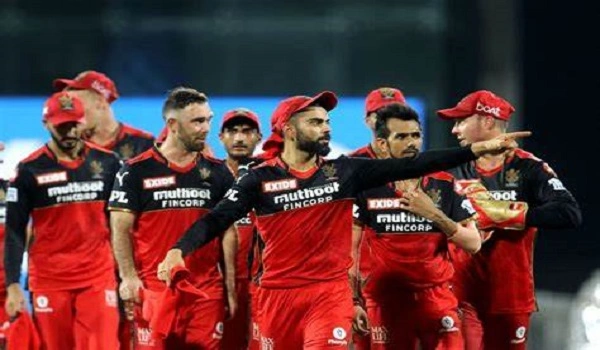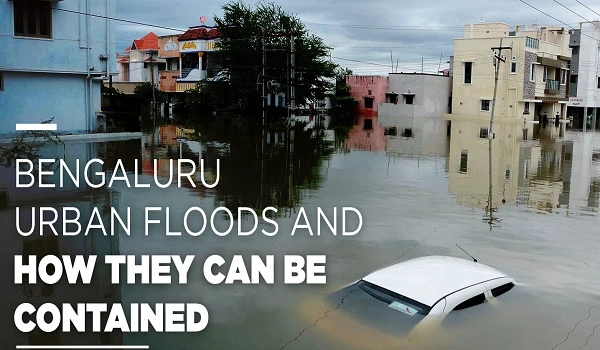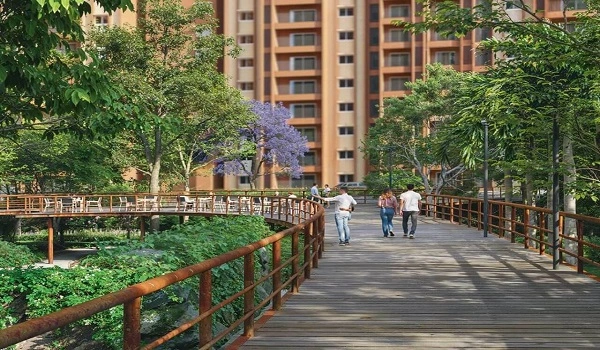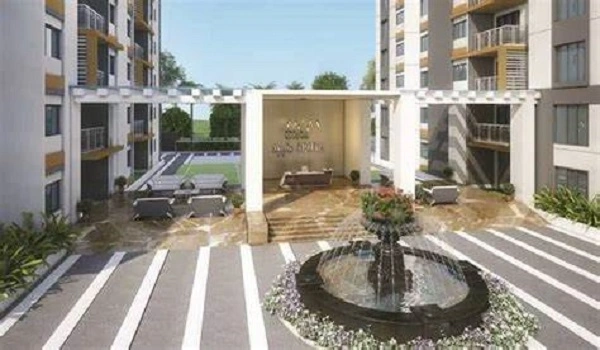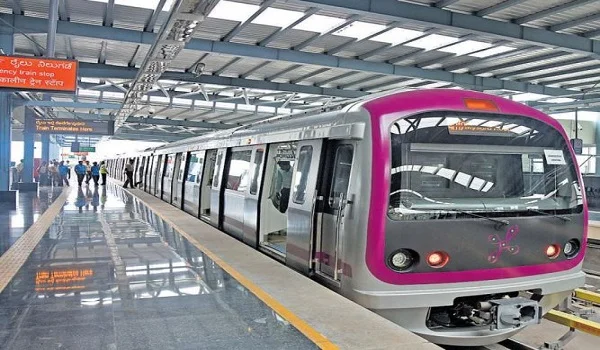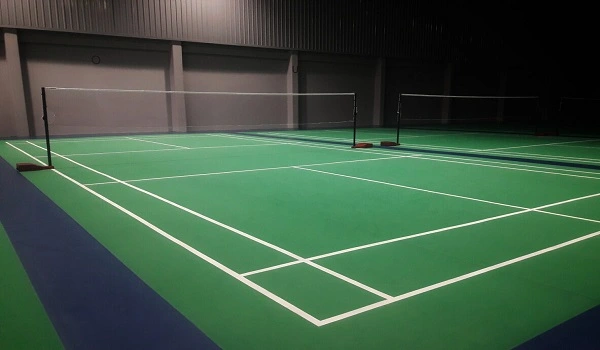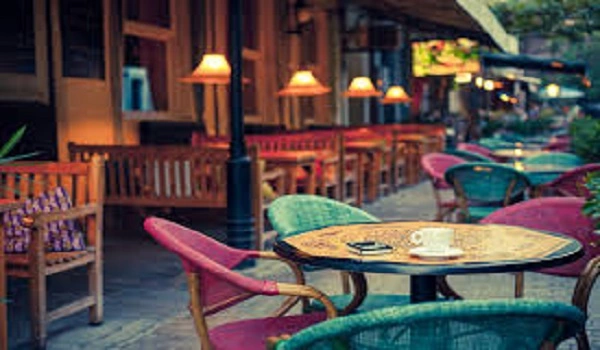Does Sarjapur Road in Bangalore Flood? A 2025 Guide for Homebuyers and Renters
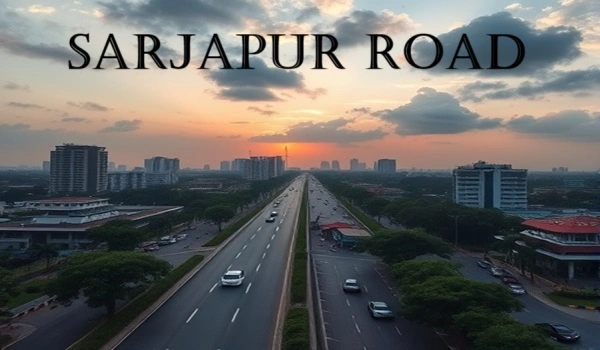
Sarjapur Road is one of the most popular places to live in Bangalore today. With big IT companies, schools, malls, and apartments, thousands of people move here every year. But many ask the same question before buying or renting a home: Does Sarjapur Road flood during heavy rains?
This guide gives you a clear and honest answer. We'll look at why some parts of the area have faced flooding, what the city is doing about it, how new housing projects are planned better, and how to check if a property is flood-safe.
Over the years, buildings have come up fast on Sarjapur Road. But this growth didn't always follow proper rules. Here's what went wrong:
- Water bodies were covered or blocked – Old lakes like Hegondanahalli were built over.
- Drains got narrow or filled with waste – Many stormwater drains were clogged by garbage or construction material.
- Too much concrete, not enough open land – Without soil to soak up water, it stays on roads or flows into low-lying homes.
Parts of Sarjapur Road are lower than the areas around them. These places naturally collect rainwater:
- Rainbow Drive Layout flooded badly in 2022 because it's built in a low spot.
- Areas near Bellandur and Agara Lakes also flood when the lakes overflow.
- Road junctions like Sarjapur–Marathahalli have poor drainage and get waterlogged often.
In recent years, Bangalore has seen strong downpours in a short time. Even decent drainage can't handle so much water so quickly. In May and June 2025, several areas near Sarjapur again saw flooding after short, intense rains.
The city is working on several fixes. Some are small and quick, while others are big projects that take time.
- Cleaning and widening drains to help water flow faster. Over 160 flood zones have been fixed so far in 2025.
- Bringing lakes back to life, like Agara Lake, and stopping people from building on lake land.
- Using drones to find illegal buildings over drains and lakes.
- Fixing roads and junctions in areas that flood often, like Haralur, Kasavanahalli, and Iblur.
- Temporary pumps and drains installed in flood-prone spots like Rainbow Drive to give short-term relief.
Many new apartments and gated communities are planned better now. Here's how:
- Drainage inside the property that connects to city drains.
- Elevated land and proper slope, so rainwater flows away from buildings.
- Rainwater harvesting tanks to store and reuse rainwater.
- Treated water reuse, so less water ends up in drains.
- Green spaces and porous pavements that let water soak into the ground.
Birla Evara, a new project in Kodathi Village near Sarjapur Road, is one example of smart planning. It's built on higher ground and uses systems that manage rainwater well. It also follows green building standards, which means the homes are designed to be safe and sustainable, even during heavy rains.
Here are a few things to look for when buying or renting:
- Look for homes built on higher land.
- Avoid plots close to large lakes or stormwater drains unless they have solid protection systems.
- Remember: "Sarjapur Road" covers a large area. One part may flood, while another stays dry.
- Trusted developers like Birla Estates usually invest more in safety and water systems.
- Ask for the layout plan. See if they've included drainage, slope, and rainwater harvesting.
- Do Some Research Yourself
- Visit during monsoon or right after it rains.
- Talk to people living in nearby buildings or layouts.
- Check local news or search online to see if the area has been in flood reports.
- Look at BBMP maps (though not always up to date) to see old lakes or canals nearby.
Sarjapur Road has seen fast growth, and with that came problems like waterlogging in some places. But things are changing. The city is improving drains, restoring lakes, and stopping illegal construction. At the same time, many builders are planning smarter homes that handle rainwater better.
If you're buying or renting a home, the key is to look at the specific location and how well the project is built. Some older or low-lying parts may still flood, but newer, well-planned projects like Birla Evara in Kodathi Village offer a much safer choice. With good elevation and solid water systems, they give peace of mind during the monsoon season.
| Enquiry |

